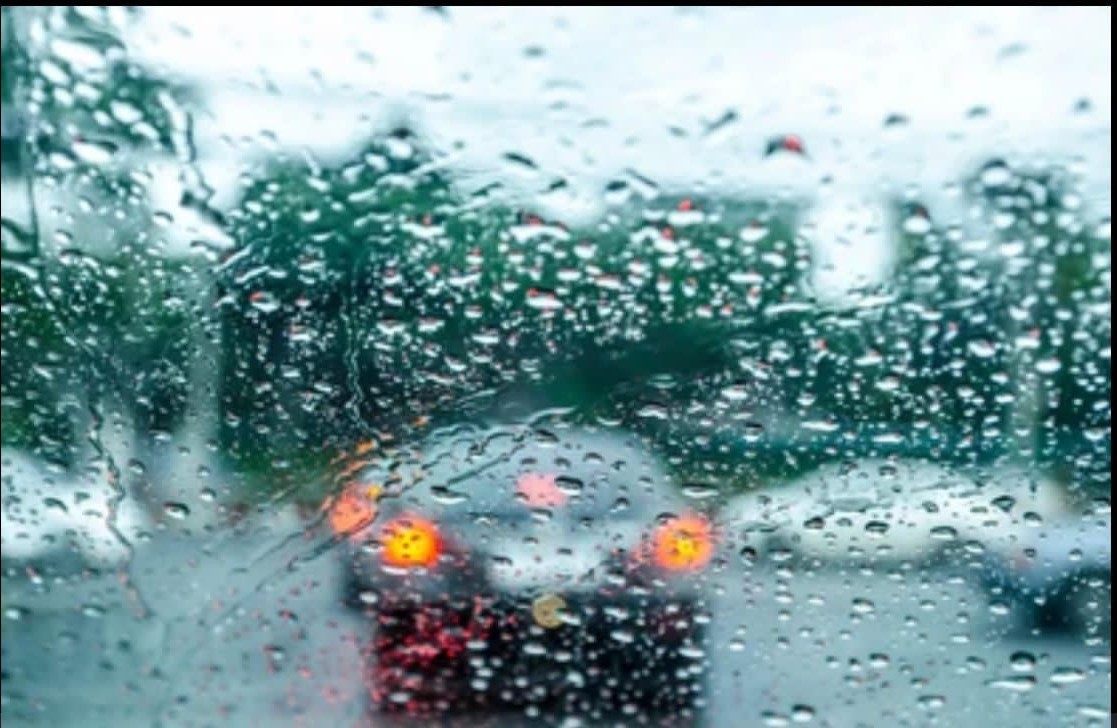
If you already have trouble driving or seeing at night nor during the day due to visual problems, know that driving in the rain is more dangerous. Visit your optometrist for a comprehensive eye examination and he or she will advice accordingly. Light rain may not sharply reduce your visibility but heavy rain can create a significant amount of reduced visibility especially night driving in the rain.
As rain falls, the water partially blocks light and also distorts any light that passes through it. Additionally, the splashes of raindrops can very briefly block your vision in a way that is often fairly disorienting. As rain falls in greater density or with more force, these splashes can make seeing very difficult. Light is scattered and reflected from headlights as the light beams become weaker in rain making it difficult to see other cars, pedestrians etc.
Rain can often produce fog, which further reduces visibility, especially in terms of long-distance vision. Effects like this are all cumulative, with conditions like night time or the temporary light from the lights of other cars making it even harder to see. In addition to the dangers these conditions present there is an increasing risk of hydroplaning.
What is Hydroplaning or Aquaplaning?
Hydroplaning is a phenomenon in which the tires of your car floats on a small patch of rain water causing the tires to lose traction with the road beneath them.
How to Increase Visibility When Driving in the Rain.
One important tip to improve your visibility when driving in the rain is to use your head lights, but not your high beams. Lights make it much easier for other drivers to see your car in the rain while also helping to illuminate the road for you. Many signs are also designed to be reflective, making them more visible if light hits them.
Putting on the air conditioner in your car when it’s raining, it helps to clear the fog on the windscreen which in turn improves visibility.
The issue is that high beams, combined with the way rain already obstructs a person’s vision can distort light, can sometimes completely blind an oncoming driver as you come near them. This can lead to deadly accidents if they become confused or their car slides off the road due to the rain.
Safety tips for Driving in the rain.
- Simply avoid driving in the rain when possible, especially if the rain is heavy.
- Drive as slowly as necessary. Do not allow drivers behind you to pressure you into driving at an unsafe speed.
- If conditions worsen to the point where you can not see basic visual signals like other vehicles and signs, pull over as soon as it is safe.
- Avoid driving through puddles whenever possible as they increase the risk of Hydroplaning.
- Treat flooded areas as impassable.
- Take turns and brake especially slowly, as these are the most likely times you will hydroplane.
- Understand you are driving under dangerous circumstances and make decisions to reduce any risk to yourself and other road users.
NOTE:
If you realize your ability to see when driving in the rain or any other scenario has changed please visit your optometrist. Some decrease in vision is essentially inevitable as we age.
It is very important that when we consider driving, we should learn to acknowledge any visual limitations, we might have and advices that our optometrist must have given as regards to that limitation.
There is nothing shameful about admitting it would be unsafe to drive due to our poor vision. You would be endangering yourself, any passenger and other road users if you insists on driving.
